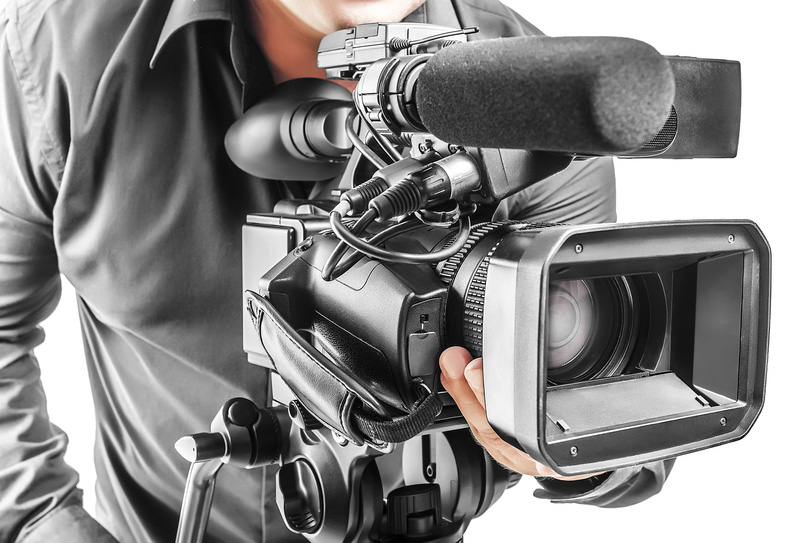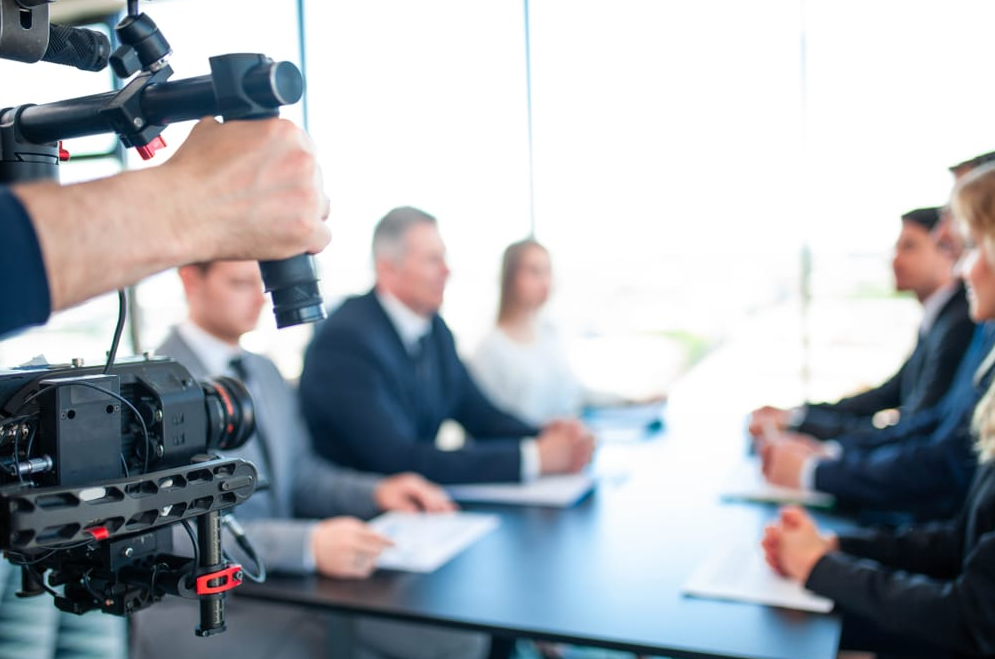Why Lawful Videography Is Essential for Accurate Court Recordings
The role of legal videography in court room setups can not be overstated, as it serves as a vital device for maintaining the stability of court documents. The ramifications of integrating legal videography right into common court practices raise essential inquiries regarding its broader effect on the legal system.
Value of Visual Evidence
In the realm of legal proceedings, the significance of visual evidence can not be overstated. Aesthetic proof serves as an effective device in establishing facts, affirming testimonies, and improving the overall quality of a situation. This kind of proof, that includes photographs, videos, and diagrams, can supply a substantial context that spoken summaries usually lack, consequently using juries and judges a more clear understanding of the situations surrounding a case.
Furthermore, visual proof help in the retention of details. Human cognition is naturally visual, and individuals are most likely to bear in mind and comprehend details provided in a visual format. In the courtroom, this can be important, as compelling aesthetic proof can guide opinions and strengthen the narrative provided by legal representatives.
Furthermore, the use of visual evidence can decrease misconceptions and uncertainties that frequently arise from spoken exchanges. By supplying a direct representation of occasions, aesthetic proof aids to eliminate subjective analyses and cultivates an extra unbiased exam of the truths. Subsequently, the assimilation of aesthetic evidence right into legal proceedings not just reinforces the integrity of the judicial process but also boosts the chance of attaining a simply end result.
Capturing Non-Verbal Hints
Making use of sophisticated videography techniques can significantly boost the capture of non-verbal signs during lawful procedures. Non-verbal interaction, including face expressions, body movement, and eye contact, plays a vital duty in conveying feelings and objectives that might not be explicitly mentioned in verbal testament. legal videography. Lawful videography utilizes high-def video cameras and calculated angles to make sure that these refined cues are taped with clarity and precision
The capacity to assess non-verbal actions can offer beneficial context to declarations made throughout court sessions. A witness's hesitation or confidence can be translated through their pose or motions, possibly influencing the jury's perception of credibility. Moreover, making use of close-up shots can help focus on a speaker's expressions, permitting for a much more nuanced understanding of the statement.
In addition, integrating multiple electronic camera angles can create a detailed view of interactions, highlighting characteristics between parties included. This multifaceted approach not just enhances the accuracy of the court document yet also help in maintaining the integrity of the judicial process - legal videography. Eventually, recording non-verbal signs through legal videography fosters a richer, a lot more full depiction of court room procedures

Enhancing Statement Integrity
The dependability of statement can be significantly boosted with using top quality lawful videography. Video clip recordings act as an objective tool that catches not just the spoken words of witnesses but additionally the subtleties of their delivery, including tone, pacing, and psychological expressiveness. This complex documents offers a more clear understanding of the witness's trustworthiness and objectives, which can be pivotal in lawful process.
Moreover, legal videography lessens the potential for false impressions that might arise from created transcripts alone. When jurors can observe a witness's behavior and body language in combination with their testimony, they are better geared up to examine the authenticity and reliability of the evidence presented. This aesthetic context can strengthen the testimonial story, making it extra engaging and qualified.
Furthermore, the visibility of a video clip recording can prevent prospective disparities in testimony. Witnesses may be extra cautious in their declarations when they recognize they are being taped, leading to more accurate and sincere accounts. On the whole, high-grade lawful videography improves the integrity of his comment is here testament, making sure that the court has access to a full and truthful representation of the realities as shared by the witnesses.
Supporting Appeals and Reviews
Lawful videography plays a crucial role in sustaining charms and testimonials by that site supplying a thorough visual document of court procedures. This visual documentation captures not only the talked words of witnesses and lawyers however additionally the subtleties of body language, tone of voice, and courtroom characteristics. Such aspects can be essential in recognizing the context of testimonies and debates offered.
In the appellate process, where the focus gets on errors of regulation and step-by-step fairness, a video clip record can offer as a crucial tool for appellate courts. It allows courts to review the original test context, making certain that decisions are based upon a complete understanding of the procedures. The ability to aesthetically analyze the disposition of witnesses or the interactions in between events can expose understandings that composed transcripts might neglect.

Furthermore, lawful videography can assist in clearing up obscurities in statements or step-by-step rulings, therefore enhancing the basis for an appeal. By providing a reputable, objective account of what transpired in court, lawful videography not only sustains the stability of the lawful process but additionally equips all events entailed to make educated choices regarding their situations.
Simplifying Courtroom Processes
Enhancing courtroom efficiency, legal videography simplifies processes by giving immediate access to aesthetic records of process. This modern technology permits judges, attorneys, and juries to take another look at critical statement and evidence, making sure that all parties have a clear understanding of the case. By recording the subtleties of verbal and non-verbal interaction, videography enriches the document, making it simpler to comprehend the context and weight of testaments.

In addition, video clip recordings can assist in remote engagement in hearings, enabling greater flexibility in scheduling and engagement, which is specifically beneficial in complicated situations including multiple stakeholders.
Conclusion
In conclusion, lawful videography plays a crucial duty in ensuring exact court recordings by providing essential aesthetic evidence that catches both verbal and non-verbal interaction. This technique enhances the reliability of testimonies, supports appellate reviews, and enhances court room procedures. By promoting a thorough understanding of court room characteristics, lawful videography inevitably adds to a lot more equitable judicial outcomes, reinforcing the integrity of the legal system and promoting informed decision-making.